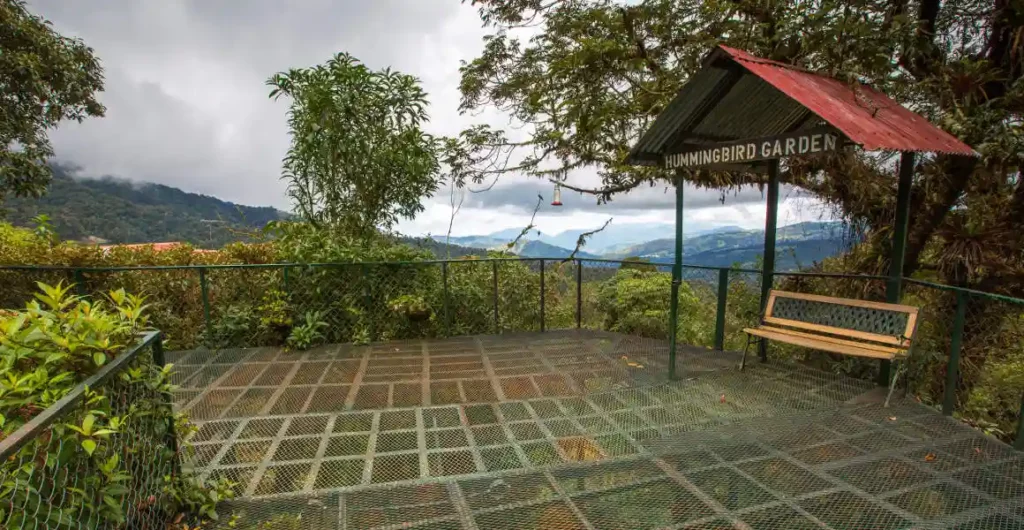"“Off the beaten track” excellent trip that lived up to its name."
3rd trip with this company. Alex was an excellent guide/driver and the itinerary well organized and unique. Some locations family owned with breathtaking views, wonderful accommodation and home cooked meals. Saw 214 species of birds with 90 % “lifers”. Was a fusion of photography and forest birding. Have to admit that as a prairie person my body ached after hiking up and down slippery paths and staircases. CR is beautiful with waterfalls, lush vegetation and mountains!
We crossed the country from SanJose to the Pacific Ocean, over the highest peaks and to the southern tropical areas with stops at local restaurants and locations where we saw species rarely seen. The meals were healthy and typically CR. Given that this is nesting season without the migrant birds, Alex and the experienced birders in our small group found many unique species. It was a good learning experience for myself as I’m more of a photographer. Would highly recommend this tour and I will certainly continue to travel with Costa Rica focus.














































